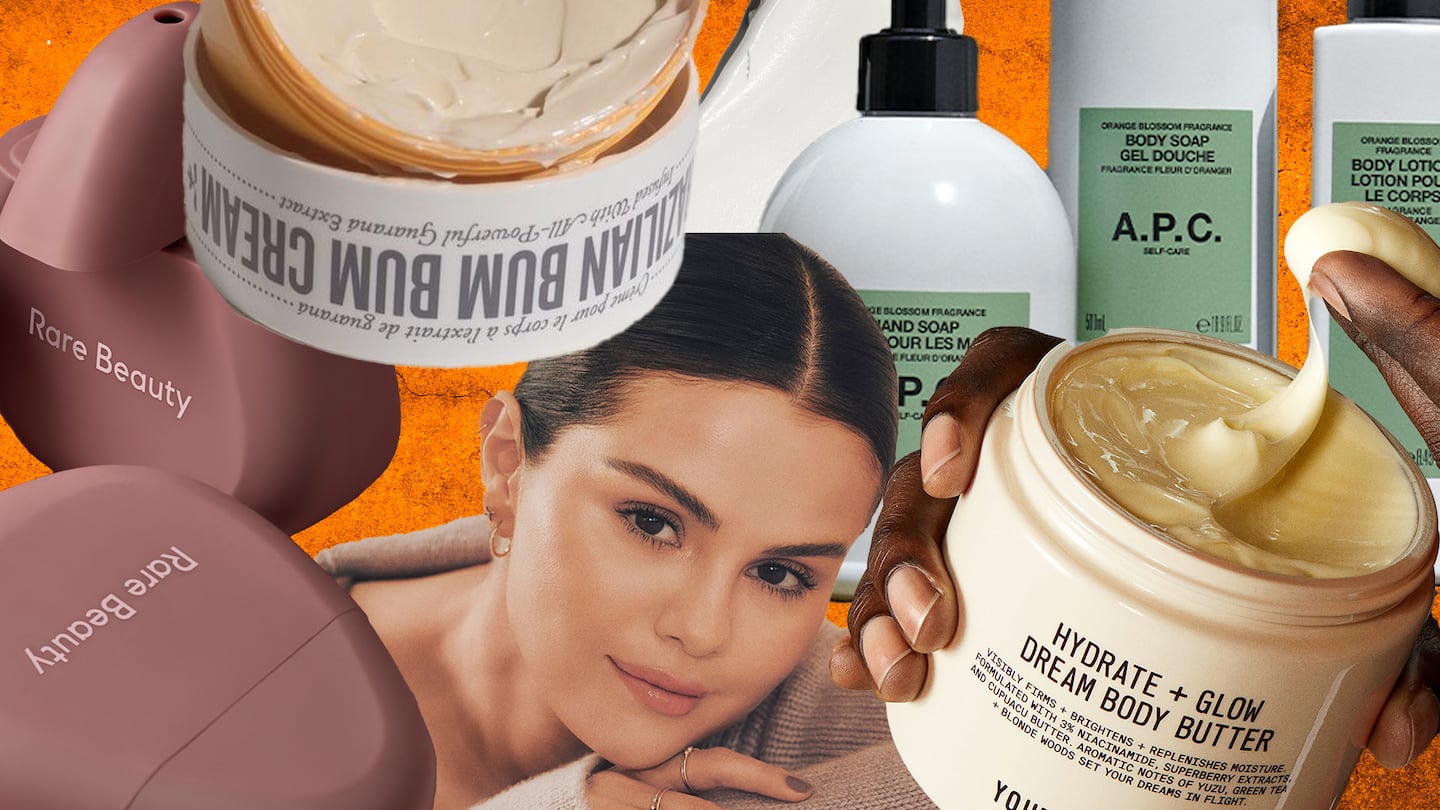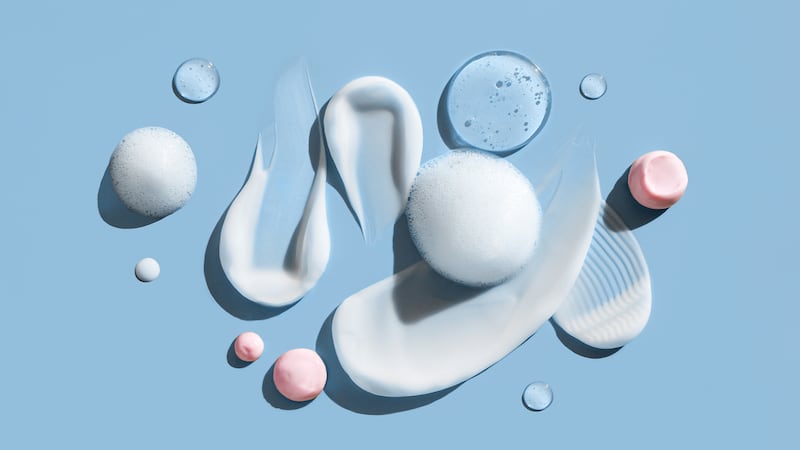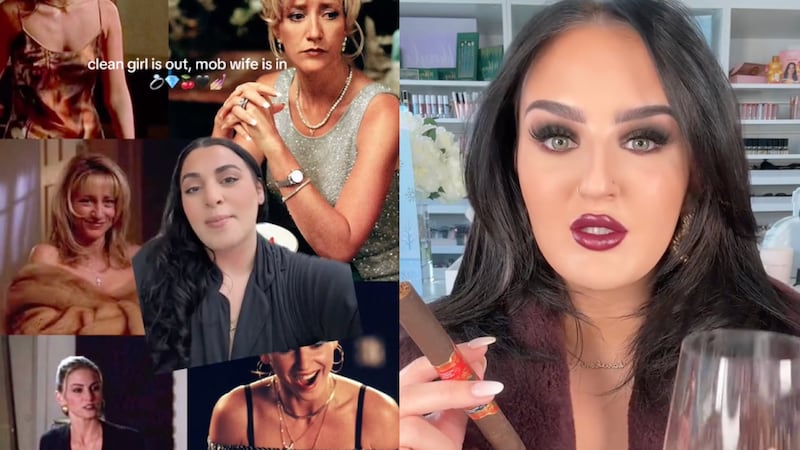
The Business of Fashion
Agenda-setting intelligence, analysis and advice for the global fashion community.

Agenda-setting intelligence, analysis and advice for the global fashion community.

More than perhaps any other industry, beauty is relentless with its launches. Last December, I reported for our Case Study on how to launch and grow a hero product that there are approximately 2,100 makeup launches annually — not including shade extensions, according to Circana. That is a wild amount of lipstick and foundation.
Like many of you, I’ve been inundated with body care launches lately. First came the splashiest: Selena Gomez’s Rare Beauty Find Comfort collection made up of a body lotion, hand cream, body and hair mist, aromatherapy pen and mash up of merch last December. Clean skincare brand Youth to the People followed quickly thereafter with a Superfood and Niacinamide body cleanser, 10 Percent AHA + Yerba Mate Smoothing Energy body scrub and Hydrate and Glow Dream body butter, all for $39 to $48. And innately cool fashion label A.P.C. announced its foray into body just this week with its “self care” lineup of cologne, body lotion, lip balms and more. I’ve spoken to several other beauty founders, who told me they are also gearing up for their own body launches between now and April.
Now, body care has been slowly trending since brands like sleeper hit Salt + Stone and Nécessaire debuted in 2017 and 2018, respectively. But as more beauty labels jump on the body care opportunity today, it’s unclear if it is founders (and their investors) that are responding to an untapped well of consumer demand, or if it’s retailers steering lines in that direction.
According to several founders I spoke to, body care was a key theme at Sephora’s brand summit last fall and merchandisers have been keen to encourage beauty lines to launch products this year. (The latter was true of the seemingly never-ending complexion launches we saw last fall from brands like Makeup by Mario, Danessa Myricks, Glossier and more, and we’re about to see an even bigger sunscreen boom, if you’ve been paying attention.) For its part, Ulta Beauty, which has always had a smallish bath and body section, is reportedly amping up its play in the category as well.
ADVERTISEMENT
Retailers driving and dictating product development dates back to at least the late 2010s, when Sephora helped set off the contouring trend (alongside Kim Kardashian). It makes sense that the big beauty retailers — Sephora, Ulta Beauty and Target — are even more involved now, given the rush to embrace wholesale amid the direct-to-consumer bust.
“Retailers are absolutely closest to the client today,” Cassie Cowman, co-founder of beauty advisory firm View from 32 and a former Sephora merchant, told me in a call this week. “They should be guiding brands where the customer is pushing them.”
Beauty brands can look at this as a good thing. Here is someone else with vastly superior data on what consumers want, telling you the optimal place to invest your finite innovation and marketing resources.
But there are some big downsides to letting retailers have too much control.
Yes, Sephora is able to make a statement that they are a destination for body care. But brands are in the position of being one product among many on the shelf. Beauty lines succeed when they’re seen as innovative and unique. Customers experiencing a new body care section stocked with dozens of similar-looking products aren’t going to be clear on why they should choose Rare Beauty over Youth to the People over Maude.
It’s no coincidence that many of the most successful body care lines can claim to be early movers – Sol de Janeiro with its signature Bum Bum Cream, for instance – or promising next-level efficacy (First Aid Beauty, which pitches its KP Bump Eraser Body Scrub as a treatment for keratosis pilaris).
Body care is a category where companies still need that unique reason for existing. Shoppers aren’t as loyal to their body moisturiser and soap brands. Many are still perfectly happy buying Dove or Aveeno, which cost under $10 and get the job done. While we’ve seen a willingness to spend in other categories once seen as secondary — cleanser and shampoo, for example — it’s unclear what premium shoppers will pay for body.
Some brands have been smart to address this problem with scent-based formulas, it’s one reason companies specialising in fragrance (Sol de Janeiro) and hair (Ouai and Moroccanoil) have found success in the category.
ADVERTISEMENT
Piling into body care just to earn some extra space at Target, Sephora or Ulta Beauty, on the other hand, isn’t a guarantee of success.
Here are my top picks from our insight and analysis on beauty and wellness this week:
1. The Thinking Behind Beauty’s Latest M&A Wave

With a limited number of targets on the market, strategics and private equity firms are rushing to snap up the most promising brands.
2. How to Win Over Investors in a Beauty Downturn

Funding rounds are getting slimmer, smaller and more spaced out, but investors still want to find – and fund – the next big thing. Here’s what’s catching their attention in 2024.
3. Inside the Glam Vs. Clean Girl Beauty Trend Battle

Minimalist and maximalist makeup aesthetics duel it out on TikTok as influencers and brands aim to keep up with the cultural zeitgeist.
The Spanish beauty and fashion conglomerate’s smart acquisitions and diverse portfolio could be a big draw for investors. Plus, Adidas is set to confirm its stellar first quarter.
How not to look tired? Make money.
In a rare video this week, the mega-singer responded to sceptics and gave the public a look at what her beauty founder personality might be.
Request your invitation to attend our annual gathering for leaders shaping the global beauty and wellness industry.